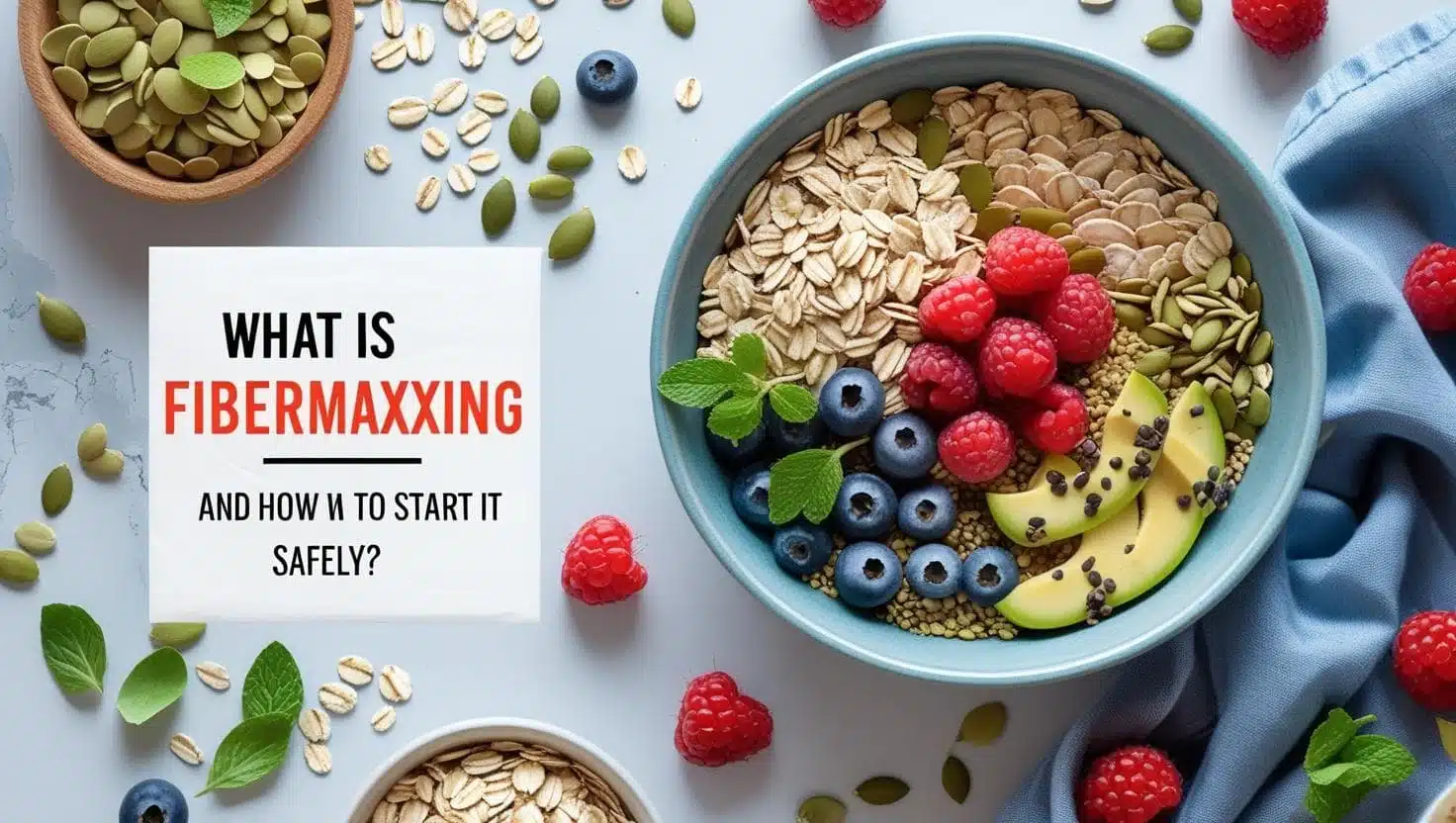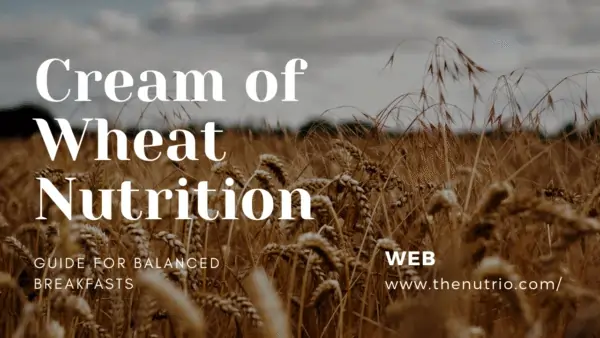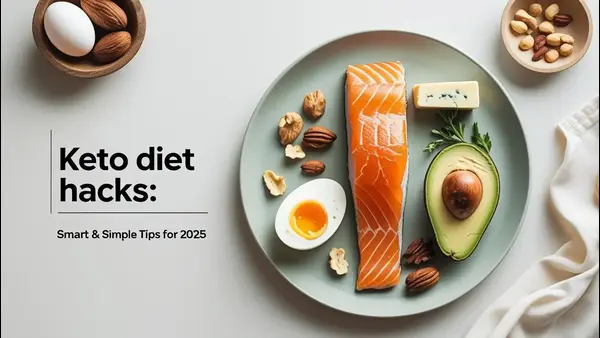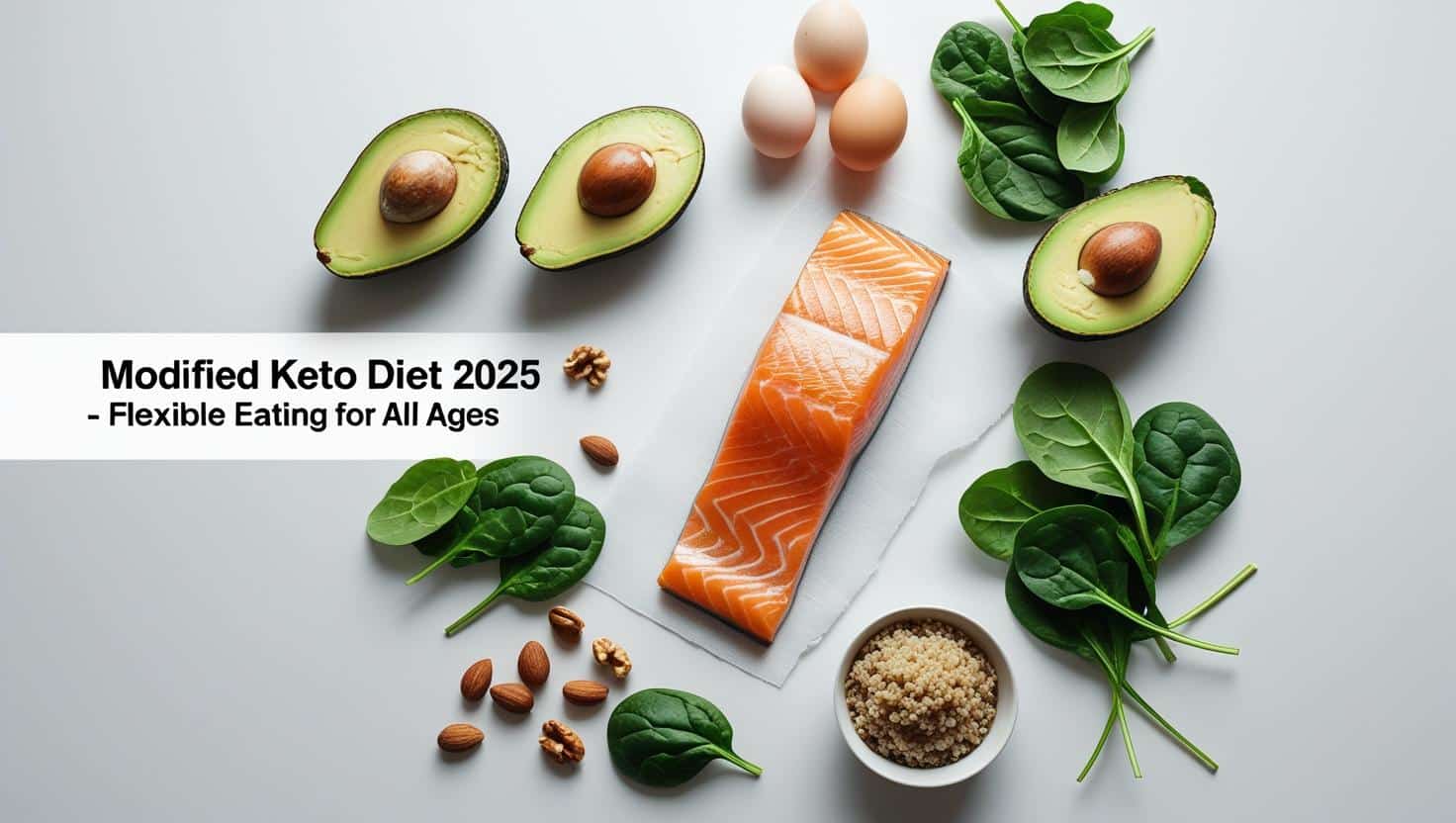
Introduction
Ever seen someone on TikTok touting the power of chia seeds and captioning it “fiberrmaxxing for gut glow”? That’s fibermaxxing, a 2025 wellness trend where people are intentionally maximizing their dietary fiber intake, often going far beyond basic recommendations to improve digestion, energy, weight, and even mood. And yes, it’s backed by real science, not just viral recipes.
Stick with me and I’ll tell you how to start fibermaxxing safely, avoid pitfalls, and get the healthiest bang for your fiber buck.
What Exactly Is Fibermaxxing?
Fibermaxxing means consciously getting 30-50 grams of fiber per day or more, rather than the boxed-check minimum of 25 grams for women and 38 grams for men. Most adults only consume 15-20 grams per day, which is far below ideal. (Source 1,2)
Rather than a crash diet, it’s a gradual lifestyle change that emphasizes whole plant foods to support gut health, weight management, mental focus, clear-headedness, and a reduced risk of disease. (Source)
Read Also: Carbohydrates: Energy, Health Benefits & Balanced Diet
Why It’s Trending and Why Experts Like It?
Science-Backed benefits: Research links high fiber intake to a 15-30% lower risk of heart disease, type 2 diabetes, colorectal cancer, and reduced all-cause mortality.
Gut microbiome power: Fiber fermentation produces short-chain fatty acids like butyrate that feed gut cells, reduce inflammation, improve immunity, and even affect mood.
Practical perks: It reduces appetite, stabilizes blood sugar, supports metabolic flexibility, keeps skin clear, and may increase mental clarity.
Even TikTok creators are mixing in oats, chia seeds, beans, quinoa, and calling it a gut revamp and nutritionists are saying: yes, we approve of it but do it smartly.
How to start fibermaxxing safely step by step?
Here is a practical safe fibermaxxing roadmap step by step:
Step 1: Know your baseline
Track your current fiber intake with an app or journal for a few days. Most people average only 15-20 grams per day.
Step 2: Level and goals
- Women should aim for 25-28 grams per day as a baseline and men should aim for 31-38 grams per day.
- For fibermaxxing: Aim for 35-50 grams per day, depending on tolerance and health goals.
Step 3: Ramp up slowly
Add 5 grams every 3-4 days, spread across meals and snacks, while proportionally increasing water intake to avoid bloating and constipation.
Step 4: Fiber-rich whole foods
Prioritize the following food examples:
- Legumes: lentils (15g/½ cup), black beans (15g)
- Fruits: raspberries (8g/cup), apples, pears
- Vegetables: broccoli (5g), brussels, sprouts
- Whole grains: oats (4g/cup), quinoa (5g), brown rice
- Seeds & nuts: chia (~10g/tbsp), flax, almonds, pistachios
- Variety ensures soluble + insoluble fiber balance
Step 5: Stay hydrated
Fiber absorbs water, aim for at least 8-10 glasses (2-2.5L) per day. Even with too little or too much fiber, you risk worsening constipation.
What are the benefits of fibermaxxing with time?
The benefits of fiber mixing that you can see over time are as follows:
- Better digestion and regularity, less bloating and constipation over time.
- Increased motivation, better portion control—helps with natural weight loss.
- Stable blood sugar, lower LDL cholesterol and reduced inflammation.
- Gut microbiome diversity, mood, and immune benefits from SCFA production.
- Reducing the risk of long-term disease, including heart disease, colorectal cancer, type 2 diabetes
What are the side effects of fibermaxxing?
- Gas, bloating, pain: If the fiber increases too quickly or all at once.
- Constipation: Paradoxically, if you’re not drinking enough or fiber causes stool to clump.
- Mineral absorption problems: Too much fiber intake can reduce the absorption of iron, calcium, and zinc if you rely too heavily on supplements and neglect balanced meals.
- Literal intestinal obstruction occurs in extreme cases, especially for people with narrow intestines; medical attention is required.
Prevent pitfalls: Grow slowly, vary fiber sources (soluble + insoluble), hydrate, listen to your body, and avoid relying solely on supplements and powders.
Sample Fibermaxxing Meal Day (~45g)
The following are some examples of fibermaxxing in food.
- Breakfast: Oatmeal with chia seeds, banana, blue berries → ~12–15 g fiber
- Morning Snack: Apple + almond butter → ~5 g
- Lunch: Lentil‑kale salad with quinoa, veggies → ~10–12 g
- Afternoon Snack: Pear + handful of pistachios → ~6 g
- Dinner: Brown rice stir‑fry with broccoli, tofu, beans → ~8 g
- Optional Add‑On: a sprinkle of flaxseed (2–3 g) or psyllium smoothie if you need more
Conclusion
Fibermaxxing isn’t just another fad TikTok diet. It’s a science-backed strategy to improve gut health, balance blood sugar, manage weight, and reduce disease risk. If you’re currently struggling to meet your fiber goals, this could be a game-changer. The catch? Do it mindfully, start slowly, stay hydrated, choose whole foods, balance fiber types, and listen to your body.
Ready to start fibermaxxing safely and improve your health? Let me know, and we can create a custom tracking template, meal plan, or address any gut concerns.
Frequently Asked Questions (FAQs)
With both IBS and inflammatory bowel disease, fiber needs to be approached with caution. Some types (such as insoluble or FODMAP-rich fiber) can aggravate symptoms. It is important to consult a clinician or dietitian for a suitable plan.
Whole foods are ideal. Supplements can help meet goals, especially psyllium for soluble fiber, but they should not replace a variety of plant foods. Overuse of supplements without adequate water intake can cause discomfort or interfere with nutrient absorption.
If your gut is well-adapted, digestive changes can begin within a week or two. Benefits like improved blood sugar, clearer skin, and energy can take 2-4 weeks. For long-term effects on disease risk, consistent habits over months or years are most important.
Yes — just by intake: Children/teenagers need about 14-25 grams per day, depending on gender, older adults need 21-30 grams per day. For those who have difficulty chewing or swallowing, moderate fiber sources or purees help. Seniors with slow digestion may need a slower pace.
Spread fiber throughout the day and eat different types (like beans a few hours before seeds), sip warm water or herbal tea, and go slower than others. If a particular thing consistently causes symptoms, temporarily reduce it and reintroduce it later.
Disclaimer: The information on thenutrio.com is only for educational and informational purposes and is not meant to be medical, nutritional, or professional health advice. Before making any changes to your diet, treatment plan, or health routine, you should always talk to a qualified healthcare provider, doctor, or registered dietitian. You use any information on this site at your own risk, and thenutrio.com and its authors are not responsible for any bad results.













